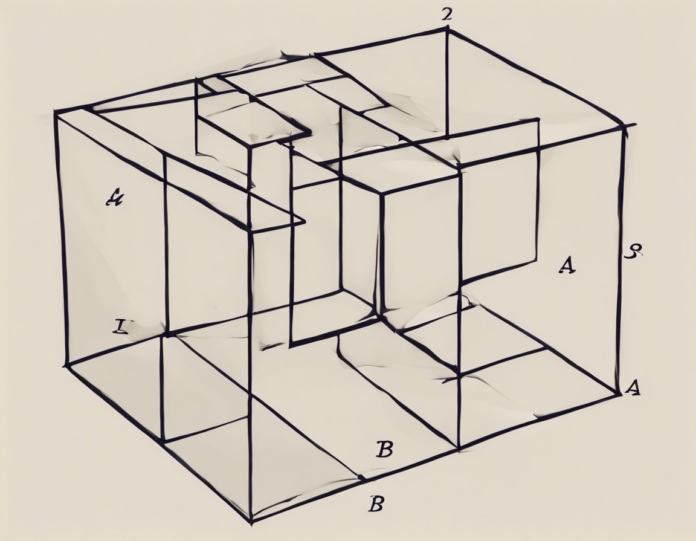If you’ve ever come across a polynomial expression in the form of a^3 + b^3, you might have stumbled upon a special formula to simplify it further. This formula is none other than the sum of cubes formula, which states that the sum of two cubes (a^3 + b^3) can be factored into a special form known as a sum of cubes. In this article, we will delve into the depths of this formula, understanding its derivation, applications, and solving techniques.
Understanding the Sum of Cubes Formula
Derivation of the Formula
The sum of cubes formula is derived through the algebraic manipulation of the given expression a^3 + b^3. By factoring this expression, we obtain:
a^3 + b^3 = (a + b)(a^2 – ab + b^2)
The derivation involves recognizing a pattern when expanding the above expression using the distributive property.
Special Cases
It’s important to note that the sum of cubes formula is a special case of factoring based on the specific form of the expression. It is one of the fundamental formulas in algebraic manipulation.
Applications of the Sum of Cubes Formula
Simplifying Algebraic Expressions
One of the primary applications of the sum of cubes formula is simplifying complex algebraic expressions. By recognizing the pattern in the form a^3 + b^3, we can apply the formula to factorize the expression, making it easier to work with and solve.
Solving Equations
The sum of cubes formula is also useful in solving equations where the a^3 + b^3 form appears. By factoring the expression using the formula, we can solve equations more efficiently and effectively.
Real-World Problems
While it may seem theoretical, the sum of cubes formula can be applied to real-world problems involving volumes, dimensions, and other quantitative scenarios that can be modeled using algebraic expressions.
Solving Sum of Cubes Problems
Step-by-Step Approach
When faced with a problem involving the sum of cubes, follow these steps to simplify and solve it effectively:
- Identify the Form: Recognize the expression in the form a^3 + b^3.
- Apply the Formula: Use the sum of cubes formula to factorize the expression.
- Simplify Further: If necessary, simplify the factored expression by expanding it.
- Solve the Equation: If it’s an equation, use the factored form to find the solutions.
Example Problem
Problem: Simplify the expression 8x^3 + 27y^3.
Solution:
Given: a^3 = 8x^3, b^3 = 27y^3
Using the sum of cubes formula: a^3 + b^3 = (a + b)(a^2 – ab + b^2)
Substitute the values: 8x^3 + 27y^3 = (2x + 3y)(4x^2 – 6xy + 9y^2)
Therefore, the simplified form is (2x + 3y)(4x^2 – 6xy + 9y^2).
Frequently Asked Questions (FAQs)
Q1: What is the sum of cubes formula?
A: The sum of cubes formula states that a^3 + b^3 can be factored into (a + b)(a^2 – ab + b^2).
Q2: When should I use the sum of cubes formula?
A: Use the formula when you encounter expressions in the form a^3 + b^3 that can be simplified using this special case of factoring.
Q3: Can the sum of cubes formula be applied to more than two terms?
A: The sum of cubes formula specifically applies to the sum of two cubes a^3 + b^3. For more terms, different formulas like the sum of squares or cubes of binomials may apply.
Q4: How is the sum of cubes formula derived?
A: The formula is derived by recognizing a pattern when expanding the expression a^3 + b^3 using the distributive property and factoring it into a special form.
Q5: What are some practical applications of the sum of cubes formula?
A: The formula is used in simplifying algebraic expressions, solving equations, and tackling real-world problems that can be modeled using the sum of cubes form.
By understanding the sum of cubes formula and its applications, you can enhance your algebraic skills and tackle challenging problems with ease. Practice applying the formula to various scenarios to strengthen your problem-solving abilities and mathematical comprehension.

